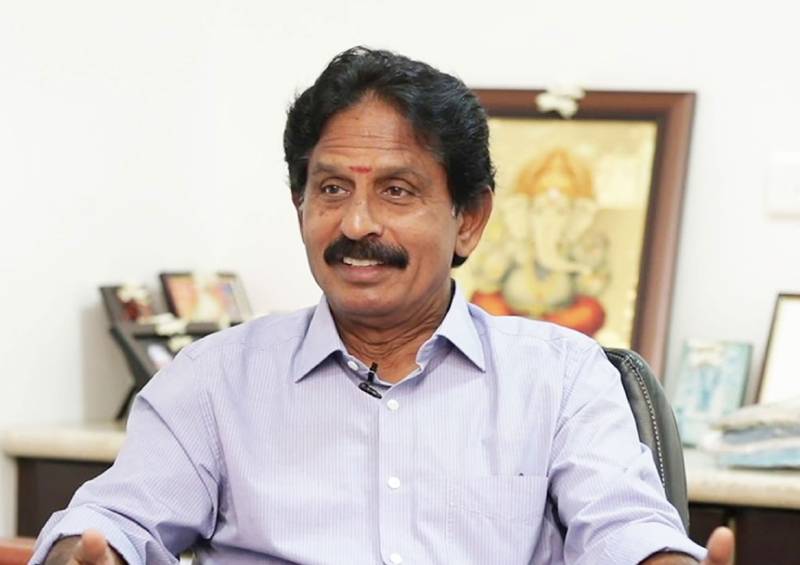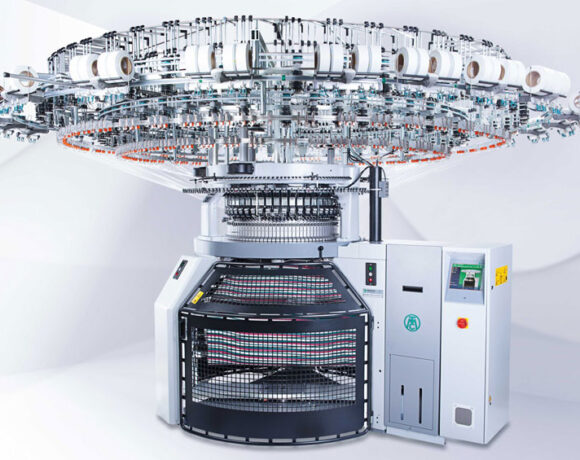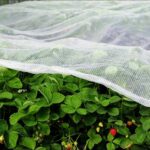The Role Of Technology In The Future Growth Of Indian Textile Industry

The integration of technology in textile manufacturing is not just about adopting new tools but about reimagining the entire production process, writes N. Chandran
The Indian textile industry’s rich heritage can be traced back to the Indus Valley civilisation, while modern textile manufacturing flourished in the 19th century. Being one of the biggest employment generator, the textile sector holds immense importance for India’s economic development. As India strives to be Viksit Bharat, the government has laid out ambitious plans to boost exports to $600 billion and expand the domestic market to $1.8 trillion by 2047. As these ideas take shape, technological innovations will play a crucial role.
Historically, the global textile industry has been a hotbed for scientific and technological breakthroughs. During the Industrial Revolution, inventions such as the spinning jenny and the water frame completely changed the production processes. Cut to this date, the industry is undergoing a transformation with a promise to boost creativity, efficiency and sustainability.
The current scenario
Prominent manufacturers all over have embraced automation and adopted digital technologies cutting across processes – from spinning and weaving to dyeing and printing. Needless to say, the production has accelerated and efficiency enhanced while ensuring product quality. This has also reduced operational costs and energy consumption, making India’s textile manufacturing sustainable and more competitive on a global scale.
Advancement in digital printing technologies has considerably widened creative possibilities for designers, allowing them to experiment with bold and innovative designs without limitations on colour usage or repeat size. They can also modify and control the printing process remotely, which reduces costs and time associated with sample production. For manufacturers, the ability to produce millions of shades parallely has helped meet the growing demand for personalised designs and shorter lead times.
Intelligent robotics is another promising area. Robots capable of performing difficult tasks such as fabric cutting and garment assembly with precision and ease have not only enhanced efficiency but also helped manufacturers adhere to stringent safety regulations, leading to safer, more productive work environment.
On the other hand, Virtual Fit software is also helping manufacturers to understand their target consumers better. It uses AI algorithms to create accurate digital representations of customers’ body shapes for better-informed purchasing decisions, in turn reducing dead stockpiles for textile makers.
Technologies of future
Textile enthusiasts are excited about several emerging technologies that promise to take the manufacturing a notch higher.
Nanotechnology, which deals with materials at the nanoscale, could be of immense value. It enables the creation of fabrics with enhanced properties such as high tensile strength, water repellence and antimicrobial features. For instance, nanotechnology can improve a fabric’s water-repellent properties by creating nano-whiskers that cause water to bead on the fabric surface. While it does not compromise the fabric’s breathability or texture, it ensures comfort and functionality.
Another example is laser technology, which has been an asset to the apparel industry since the 19th century. Laser is used in cutting, engraving and denim fading. It offers a clean, lint-free process that integrates computer design for extreme precision in cutting contours. This technology is now gaining acceptance in garment manufacturing due to its efficiency and versatility across various materials.
The application of 3D printing, also known as additive manufacturing, is another prominent technology that holds good potential for the future. 3D printing allows for the creation of custom, intricate designs that were previously impossible.
Investing in the future
The textile industry has traditionally been product-focused, but this perspective is being challenged due to the rapid pace of advancements in textile technology. Industry leaders have realised this and they have been investing heavily in science and technology to enhance manufacturing processes.
The integration of technology in textile manufacturing is not just about adopting new tools but about reimagining the entire production process. It is about creating a more agile, responsive and sustainable industry that can meet the dynamic demands of global markets. As technological innovations continue to unfold, the Indian textile industry is well-positioned to leverage these advancements to achieve its ambitious growth targets and reinforce its standing as a global textile powerhouse.














